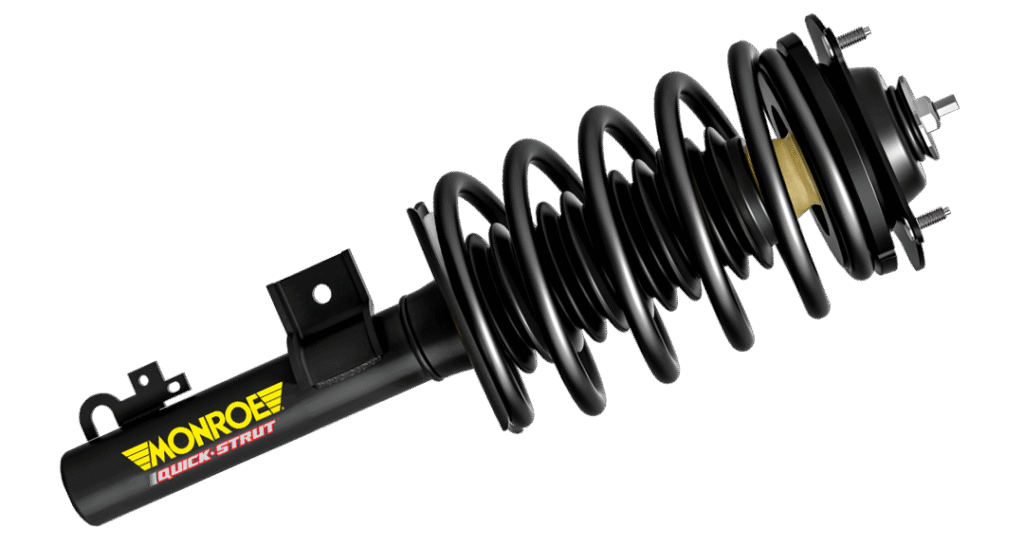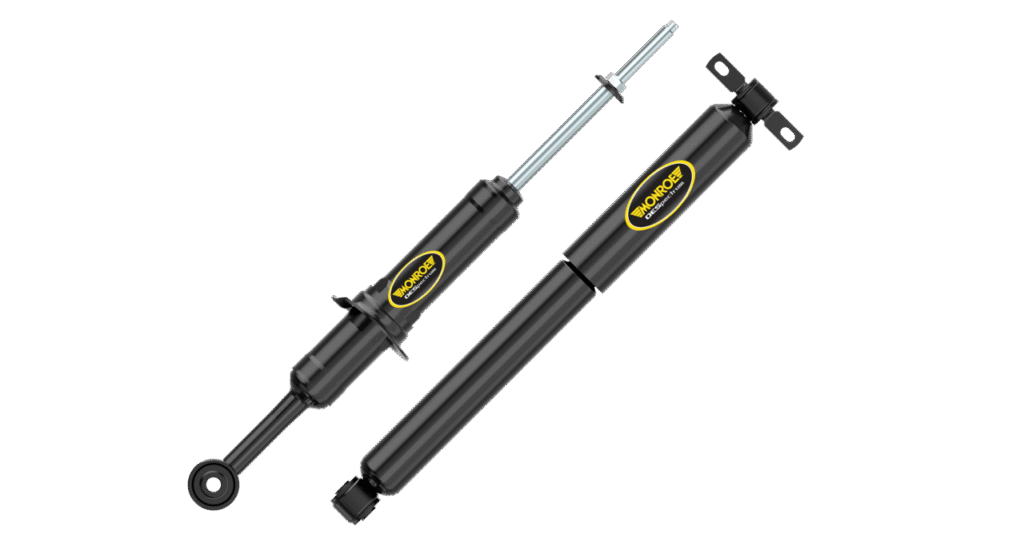When to Replace Struts and Shocks: Signs, Timeline, and Expert Tips
If you’re noticing a bumpy ride or unusual noises from your car, it might be time to think about when to replace struts and shocks. These essential suspension components play a crucial role in your vehicle’s handling, comfort, and safety. Ignoring worn-out struts and shocks can lead to bigger problems like uneven tire wear, reduced braking efficiency, and even accidents. In this comprehensive guide, we’ll break down everything you need to know about strut and shock replacement, including warning signs, lifespan expectations, and expert advice.Whether you’re a DIY enthusiast or prefer professional service, understanding when to replace struts and shocks can save you money and keep your car performing at its best. Let’s dive in!

What Are Struts and Shocks? Understanding Their Role in Your Vehicle
Before we get into when to replace struts and shocks, it’s important to clarify what they are and how they differ.
- Shocks (Shock Absorbers): These are hydraulic devices that control the up-and-down movement of your vehicle’s springs. They absorb impacts from road imperfections, ensuring your tires stay in contact with the pavement for better traction and stability.
- Struts: A strut is essentially a shock absorber integrated with a coil spring and other structural components. Found in many modern vehicles (especially front-wheel-drive models), struts provide both damping and support for the vehicle’s weight.

Key Signs It's Time to Replace Struts and Shocks
Knowing the signs of bad struts and shocks can prevent costly repairs down the line. Here are the most common indicators that signal it’s time for a replacement:
- Excessive Bouncing or Nose-Diving: If your car bounces more than once or twice after hitting a bump, or dives forward during braking, your shocks or struts are likely failing. This reduces control and increases stopping distances.
- Uneven Tire Wear: Worn struts and shocks cause tires to “cup” or scallop, leading to bald spots. Check your tires regularly—if the tread is uneven, inspect your suspension.
- Fluid Leaks: Look under your vehicle for oily residue around the shocks or struts. Leaking hydraulic fluid means the seals are damaged, and replacement is imminent.
- Noisy Suspension: Knocking, clunking, or rattling sounds over bumps often point to bad struts or shocks. This noise occurs when the components can’t properly dampen vibrations.
- Vehicle Instability: If your car sways during turns, feels floaty at high speeds, or pulls to one side, it’s a red flag. This instability can compromise safety, especially in emergency maneuvers.
- Mileage Milestone: As a general rule, consider inspection around 50,000–100,000 miles. However, this varies by driving conditions—more on that below.
How Long Do Struts and Shocks Last? Factors Affecting Lifespan
The lifespan of struts and shocks typically ranges from 50,000 to 100,000 miles, but this isn’t set in stone. Several factors influence how long shocks and struts last:
- Driving Habits: Aggressive driving, frequent braking, or off-road adventures accelerate wear. City driving with potholes is tougher on suspension than highway cruising.
- Road Conditions: Rough, unpaved roads or areas with harsh winters (salt and ice) shorten lifespan. Potholes are a common culprit for premature failure.
- Vehicle Type and Load: Heavier vehicles like SUVs or trucks put more strain on these components. Regularly carrying heavy loads? Expect replacements sooner.
- Maintenance Routine: Regular alignments and tire rotations help extend life. Neglecting these can cause uneven wear on struts and shocks.
When Should You Replace Struts and Shocks? A Timeline Guide
Timing is everything when it comes to strut and shock replacement. Here’s a practical timeline:
- Every 50,000 Miles: Schedule a professional inspection, even without obvious signs. This proactive step catches issues early.
- At the First Sign of Trouble: Don’t wait for complete failure. Addressing symptoms like bouncing or leaks promptly prevents damage to other parts like tires and brakes.
- In Pairs or Sets: Always replace struts and shocks in pairs (front or rear) or all four at once for balanced handling. Mismatched components can cause uneven performance.
- During Related Repairs: If you’re replacing tires, springs, or brakes, it’s a good opportunity to check and replace struts and shocks if needed.
Remember, safety comes first—worn suspension affects braking and steering, increasing accident risk. For more information from Monroe Shocks, visit them here.
Strut and Shock Replacement Cost: What to Expect
Budgeting for replacement? Costs vary by vehicle, location, and part quality:
- Parts: $200–$800 for a set of four (shocks cheaper than struts).
- Labor: $300–$600, depending on complexity.
- Total Average Cost: $500–$1,500 for all four, including alignment ($100–$200 extra).
Factors like luxury vehicles or all-wheel-drive systems can increase prices. Shop around for quotes and consider bundled services to save. Schedule your service today at LMC!